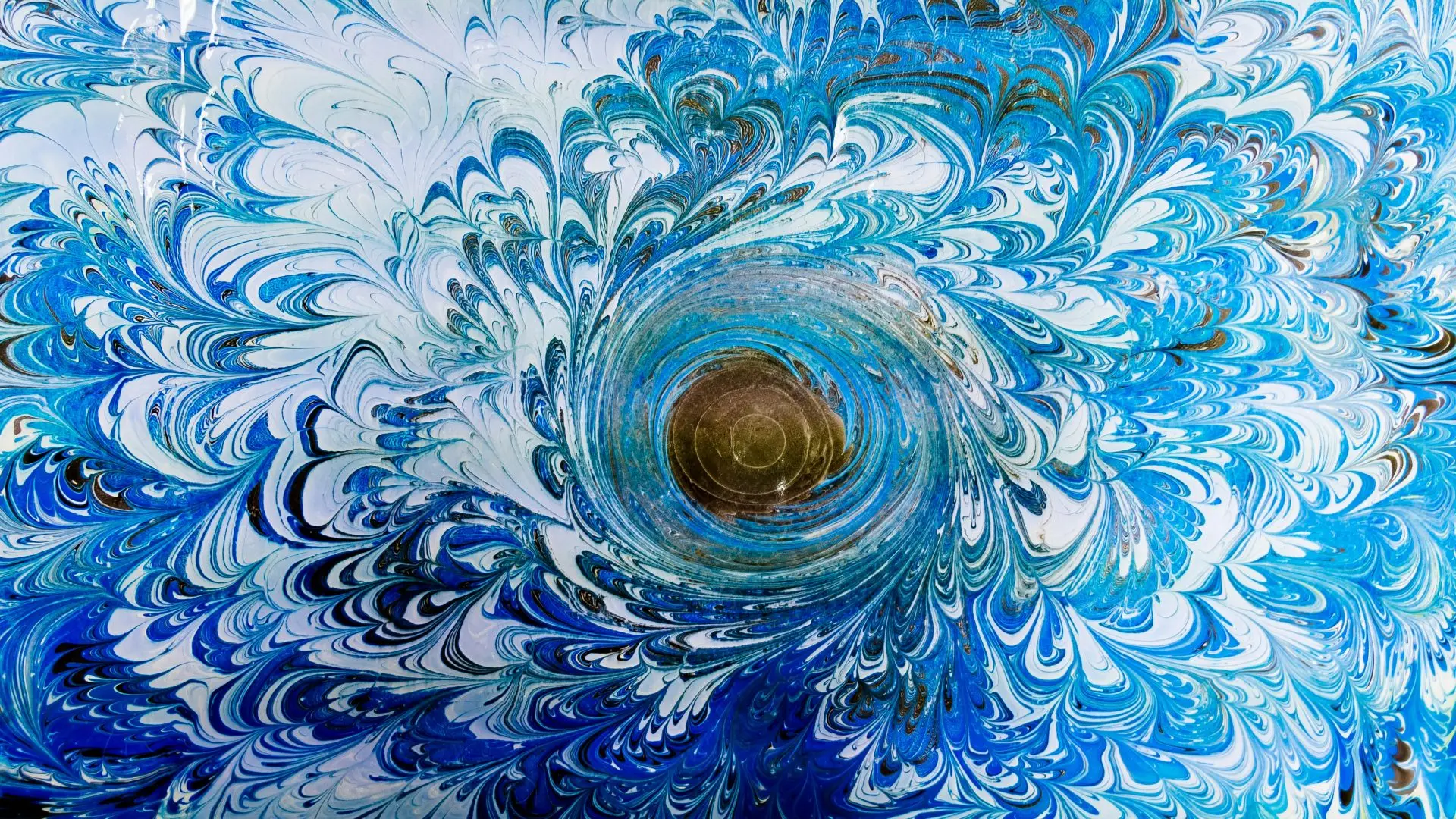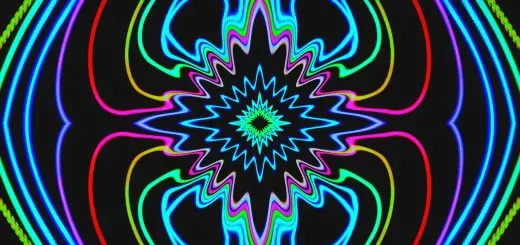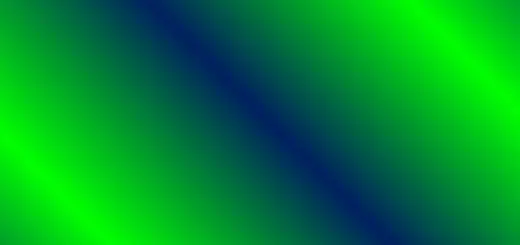What Are the Colors of the Rainbow? A Quick Overview

Looking for more amazing products? Check out our online store and explore our collection here! Happy shopping!
Before diving in, please note: This post is for informational purposes only. If you’d like to know more about how we approach topics, feel free to check out our friendly Disclaimer Page.
Hey there, amazing readers! 
We’re committed to delivering quality posts, and your support (even just sticking around despite the ads) means everything to us. So, bear with us, and thanks for helping us keep the good vibes rolling. Now, on to the fun stuff!
TRANSLATE BUTTON AT THE END OF THE ARTICLE
A Quick Overview
Rainbows have captured our imaginations for centuries.
They symbolize hope, beauty, and wonder, bridging the gap between storms and sunshine.
But have you ever wondered what colors make up this stunning natural phenomenon?
In this article, I’ll walk you through the spectrum of colors that form a rainbow, explain the science behind them, and even touch on their cultural significance.
So grab a comfy seat, and let’s dive into the captivating world of rainbows!
Introduction to the Beautiful Spectrum of Colors
Rainbows are one of nature’s most magical displays.
Picture this: after a refreshing rain shower, the sun peeks through the clouds.
Suddenly, a beautiful arc of colors appears in the sky, leaving us in awe.
Rainbows are often associated with joy, promise, and a sense of wonder.
Their vibrant colors remind us of the beauty in our surroundings, encouraging us to appreciate the simple things in life.
Did you know that the colors of the rainbow have deep meanings?
From love and passion to tranquility and creativity, each color resonates with different emotions and concepts.
I often find myself looking up at a rainbow and reflecting on what each color represents in my own life.
It’s like a personal message from nature!
In addition to their emotional significance, rainbows also have a fascinating scientific basis.
Understanding why and how rainbows occur enhances our appreciation for this beautiful phenomenon.
So, let’s explore the colors that make up a rainbow, one by one, and learn what makes each hue special.
Understanding the Science Behind Rainbows
At its core, a rainbow forms when sunlight interacts with water droplets in the atmosphere.
When sunlight enters a water droplet, it refracts, or bends, due to differences in density.
This bending of light separates it into its component colors, creating the beautiful spectrum we see.
Here’s how it works:
Refraction: Light is bent as it enters the droplet.
Dispersion: Different wavelengths of light separate into various colors.
Reflection: Some of the light reflects off the inner surface of the droplet.
Refraction Again: As the light exits the droplet, it bends again.
This process creates the familiar arc of colors, typically seen as a circular shape.
If you’re lucky enough to see a double rainbow, the second arc appears outside the first and features the colors in reverse order!
Rainbows can occur in various conditions, such as during or after rain, near waterfalls, or even in misty environments.
They remind us that light and water together can create something extraordinary and fleeting.
I can’t help but smile whenever I spot one; it feels as if nature is celebrating!
The Classic Seven Colors: A Quick Overview
The classic rainbow is divided into seven distinct colors, often remembered with the acronym ROYGBIV, standing for Red, Orange, Yellow, Green, Blue, Indigo, and Violet.
Each color has its own significance and beauty.
Let’s take a closer look at each color, starting from the outermost edge of the rainbow and working our way in.
Red is at the top, followed by orange and yellow.
Green is right in the middle, while blue, indigo, and violet round out the spectrum.
Each of these colors blends seamlessly into the next, creating a visual feast for our eyes.
Understanding these colors can deepen our appreciation for nature’s design.
Each hue reflects light differently and holds its own place in the emotional spectrum.
So, let’s explore these colors in more detail!
Red: The Fiery Start of the Rainbow Journey
Red is the first color we encounter in the rainbow, and it brings with it a sense of energy and passion.
Just think of a ripe apple or a blazing sunset—red commands attention!
It often symbolizes love, courage, and strength.
In many cultures, red is associated with celebration and festivity.
For example, in Chinese culture, red is a color of good luck and prosperity, often seen during weddings and New Year’s celebrations.
It’s fascinating how colors can carry such potent meanings across different societies.
When I see red in a rainbow, I get reminded of fiery moments in my life—those times when I felt alive and passionate.
Whether it’s the thrill of a new relationship or the excitement of a big adventure, red captures those feelings beautifully.
Orange: A Bright Burst of Energy and Joy
Next comes orange, a color that exudes warmth and enthusiasm.
It’s the hue of glowing sunsets and juicy citrus fruits, radiating cheerfulness and creativity.
Orange is often linked to feelings of happiness and vitality, making it a favorite in food and design.
In psychology, orange is believed to stimulate social interaction and encourage communication.
When I think of orange, I picture gatherings with friends, laughter over shared meals, and the warm glow of a bonfire.
It’s a color that invites connection and joy.
Interestingly, orange is often used in marketing and branding to evoke excitement.
Companies like Fanta and Home Depot expertly leverage this vibrant color to attract attention.
So, the next time you see a bright orange item, remember it’s designed to grab your focus and uplift your mood!
Yellow: The Cheerful Hue of Sunshine and Happiness
Yellow is often regarded as the happiest color of the rainbow.
It embodies the brightness of the sun and the warmth of a summer day.
When I see yellow, I can’t help but smile—it reminds me of sunshine, laughter, and all things cheerful.
In various cultures, yellow signifies hope and positivity.
It’s often used in artwork and design to create a sense of warmth and friendliness.
Think about a room painted in soft yellow; it feels inviting, doesn’t it?
Moreover, yellow can also stimulate mental activity and encourage communication.
It’s no surprise that businesses often utilize yellow in advertisements to catch the eye and evoke a sense of happiness.
When I think of yellow, I imagine gathering with friends under a sunny sky, enjoying the simple pleasures of life.
Green: The Refreshing Color of Nature and Growth
Moving on, we reach green, the color of nature, renewal, and growth.
Green represents life and vitality, symbolizing the lush foliage of forests and the freshness of spring.
It’s the color that reminds us of our connection to the earth.
In many cultures, green is associated with prosperity and good fortune.
For example, in Western cultures, green often signifies wealth and success due to its connection to money.
When I see a rainbow and spot green emerging, I feel invigorated and hopeful about what lies ahead.
Green also has a calming effect.
It’s said to relieve stress and promote relaxation, making it a popular choice for interior design and landscapes.
I often find solace in nature—a walk through a green park can feel rejuvenating, much like spotting a rainbow after a rain shower.
Blue: The Calming Shade of Sky and Ocean
Next in line is blue, a color that evokes feelings of tranquility and calmness.
It’s reminiscent of clear skies and deep oceans, creating a sense of peace.
Blue often symbolizes trust and loyalty, making it a popular choice in branding and design.
In many cultures, blue holds spiritual significance.
It represents protection and healing, often seen in religious artwork and symbols.
When I gaze at the blue of a rainbow, I feel a sense of serenity wash over me, almost like a gentle hug from nature.
Interestingly, blue can also inspire creativity, as it encourages clear thinking and concentration.
I often find that having a touch of blue in my workspace helps me stay focused and calm while I work.
It’s a color that makes you think and dream!
Indigo: A Mystical Blend of Blue and Violet
Indigo is the bridge between blue and violet in the rainbow.
It’s a color often associated with intuition and introspection.
Some might find indigo to be a bit enigmatic or mysterious, as it’s less commonly seen in everyday life.
In history, indigo has been valued for its deep blue dye, used for centuries in textiles.
As a color, it represents deep contemplation and insight.
When I spot indigo in a rainbow, it reminds me to trust my instincts and delve deeper into my thoughts.
Interestingly, indigo is often linked to spirituality and the subconscious mind.
Many meditation practices incorporate indigo visuals to promote calm and reflection.
So, whenever you see that rich indigo shade, take a moment to reflect and explore your inner thoughts.
Violet: The Royal Color of Creativity and Imagination
Last but certainly not least, we have violet—the final color of the rainbow.
Violet is often associated with creativity, imagination, and spirituality.
It’s a color that encourages us to think outside the box and explore new ideas.
In the world of art, violet is used to create depth and evoke emotions.
It’s often linked to luxury and royalty, given its historical use in regal garments.
When I see violet in a rainbow, it inspires me to embrace my creative side and think boldly.
Moreover, violet can also promote calmness and relaxation, making it a popular choice for spaces meant for reflection or meditation.
It’s a color that invites us to dream and explore our creative potential.
So, whenever you spot violet, let your imagination take flight!
How Rainbows Appear: The Magic of Light Refraction
The appearance of a rainbow is truly magical, and understanding the science behind it makes it even more enchanting.
As I mentioned earlier, light refracts and reflects within water droplets to create the rainbow’s colors.
But there’s more to it!
Rainbows can appear in various forms, including primary and secondary rainbows.
The primary rainbow is the one we see most often, while the secondary rainbow is fainter and appears outside the primary arc, with colors in reverse order.
Rainbows can also occur in different atmospheric conditions.
For example, a fogbow forms in foggy conditions, producing a soft, pale arc that appears more like a halo than a traditional rainbow.
Another fascinating phenomenon is the moonbow, which occurs at night when moonlight refracts through water droplets.
It’s less common but equally breathtaking!
Learning about these different types of rainbows makes me appreciate the diversity of nature even more.
Each rainbow has a story to tell, reminding us of the beauty surrounding us every day.
Celebrating Rainbows: Their Cultural Significance Across the World
Throughout history, rainbows have held significant cultural meanings across various societies.
In many cultures, they symbolize hope and promise.
The Biblical story of Noah’s Ark describes a rainbow as a sign of God’s covenant with humanity, representing peace and renewal.
In Native American cultures, rainbows often symbolize a bridge between the physical and spiritual worlds.
They are viewed as messengers or the pathways of deities, guiding the way to a better future.
Similarly, in many Asian cultures, rainbows represent good fortune and harmony.
Rainbows also play a vital role in modern culture.
They’ve become symbols of diversity and inclusion, often associated with LGBTQ+ pride.
The rainbow flag has become a powerful emblem of acceptance, love, and unity.
Whenever I see a rainbow, I can’t help but reflect on its cultural significance.
It serves as a reminder of our shared humanity and the beauty that can emerge from our differences.
Conclusion
Rainbows are a stunning reminder of the beauty and complexity of nature.
From the vibrant colors of red, orange, yellow, green, blue, indigo, and violet to the science behind their formation, each rainbow tells a unique story.
They inspire us, uplift our spirits, and connect us to cultures and traditions across the world.
So, the next time you spot a rainbow in the sky, take a moment to appreciate its colors and the emotions they evoke.
It’s a beautiful reminder to celebrate life’s moments, both big and small.
Rainbows are more than just colors; they’re a universal symbol of hope and joy.
Let’s embrace that magic!

The Enlightenment Journey is a remarkable collection of writings authored by a distinguished group of experts in the fields of spirituality, new age, and esoteric knowledge.
This anthology features a diverse assembly of well-experienced authors who bring their profound insights and credible perspectives to the forefront.
Each contributor possesses a wealth of knowledge and wisdom, making them authorities in their respective domains.
Together, they offer readers a transformative journey into the realms of spiritual growth, self-discovery, and esoteric enlightenment.
The Enlightenment Journey is a testament to the collective expertise of these luminaries, providing readers with a rich tapestry of ideas and information to illuminate their spiritual path.
Our Diverse Expertise
While our primary focus is on spirituality and esotericism, we are equally passionate about exploring a wide range of other topics and niches 

To ensure we provide the most accurate and valuable insights, we collaborate with trusted experts in their respective domains 
Our blog originally focused on spirituality and metaphysics, but we’ve since expanded to cover a wide range of niches. Don’t worry—we continue to publish a lot of articles on spirituality! Frequently visit our blog to explore our diverse content and stay tuned for more insightful reads.
Hey there, amazing reader! 
Check out our store here and take a peek at some of our featured products below! Thanks for being awesome!












